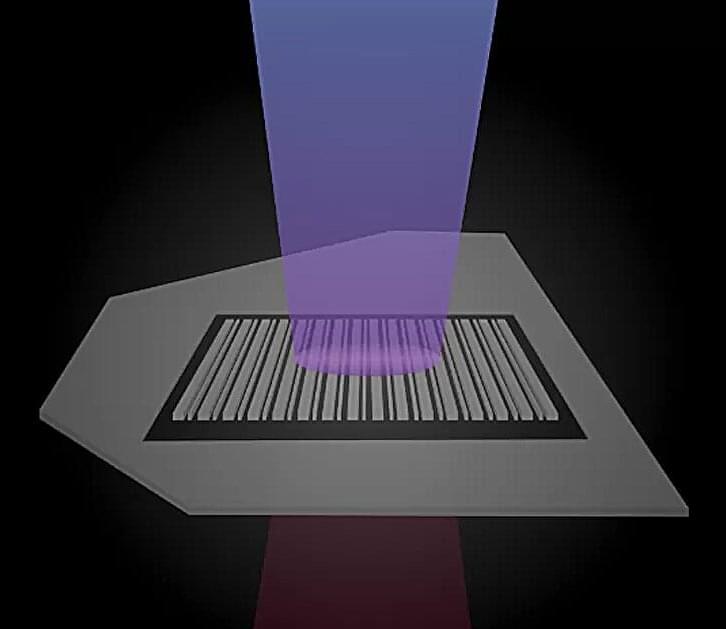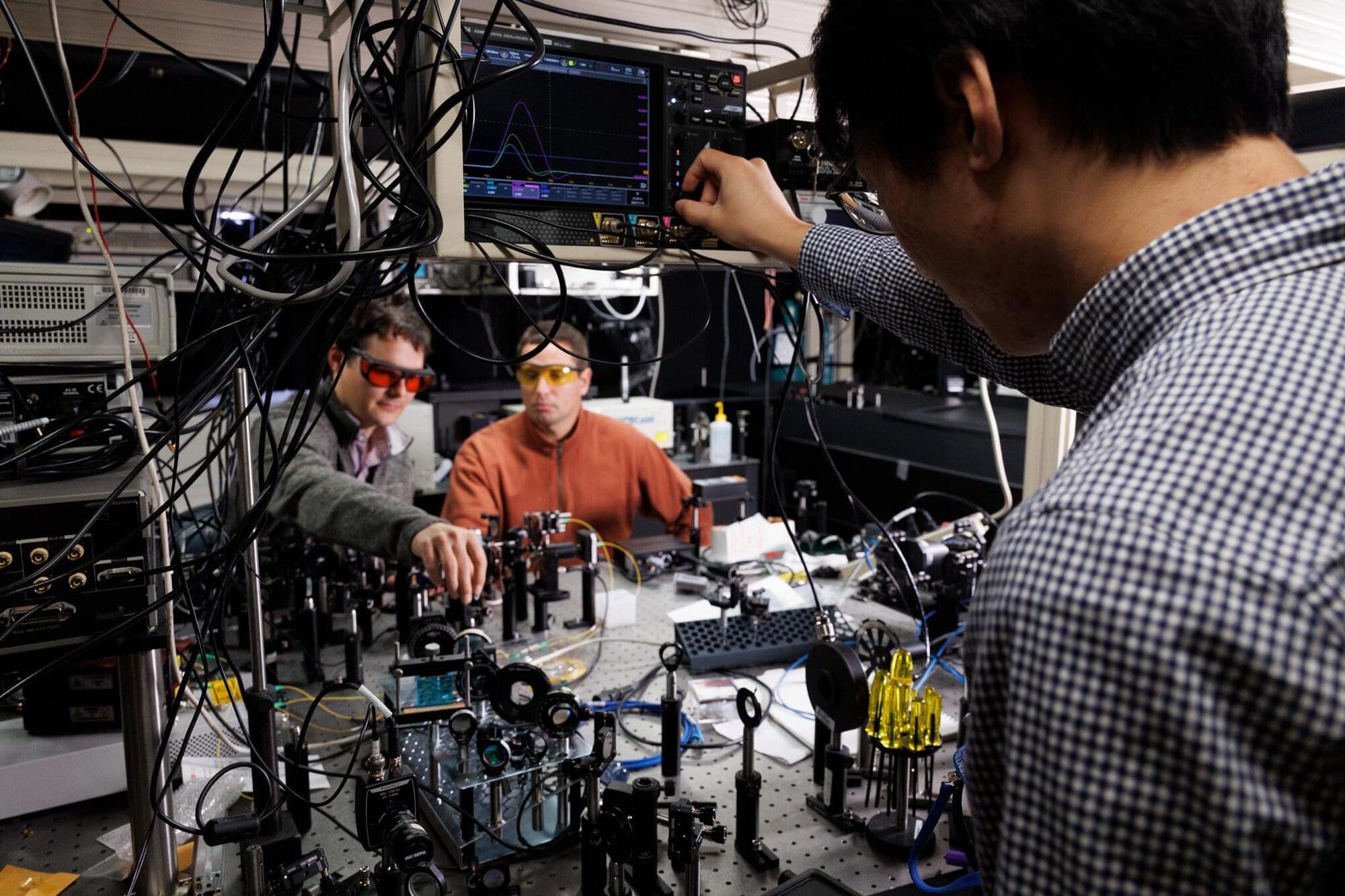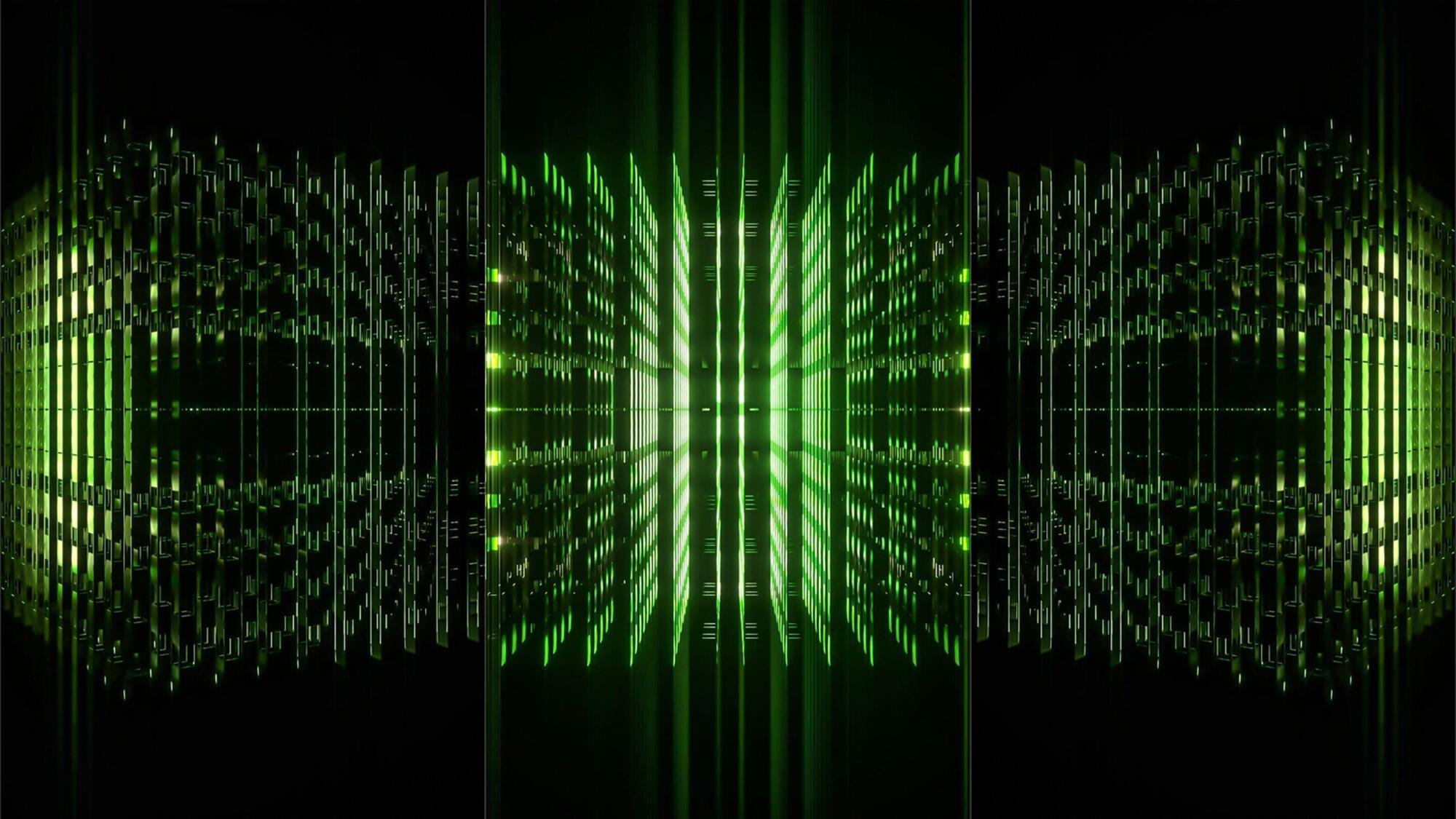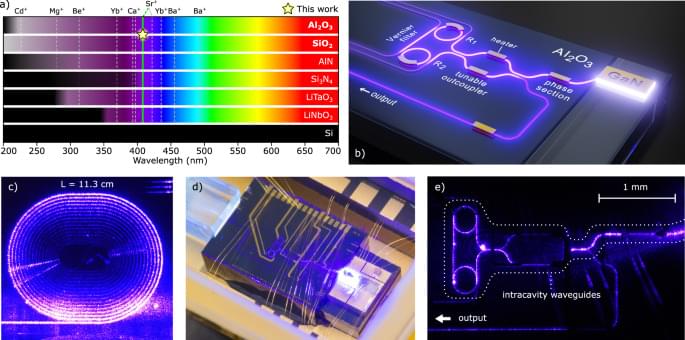In January, a team led by Jim Schuck, professor of mechanical engineering at Columbia Engineering, developed a method for creating entangled photon pairs, a critical component of emerging quantum technologies, using a crystalline device just 3.4 micrometers thick.
Now, in a paper published in Nature Photonics in October, Columbia Engineers have shrunk nonlinear platforms with high efficiency down to just 160 nanometers by introducing metasurfaces: artificial geometries etched into ultrathin crystals that imbue them with new optical properties.
“We’ve established a successful recipe to pattern ultrathin crystals at the nanoscale to enhance nonlinearity while maintaining their sub-wavelength-thickness,” said corresponding author Chiara Trovatello is currently an assistant professor at Politecnico di Milano and was a Marie Skłodowska-Curie Global Fellow at Columbia working with Schuck.








